From April 25th, 2017, Hong Kong will require disinsection for all aircraft inbound from Zika affected areas (i.e. last port being a WHO Category 1 or Category 2 area). The current list of Zika affected areas can be found in WHO’s latest Zika virus situation report:
Per the new regulations, there are three groups:
- Airlines/Aircraft operators adopting residual disinsection – this group of airlines/aircraft operators should repeat residual disinsection before the expiry dates marked at the last residual disinsection certificates and provide PHO with the new disinsection certificates upon request.
- Airlines/Aircraft operators adopting non-residual disinsection – Upon request, this group of airlines/aircraft operators should provide PHO with the details of non-residual disinsection in the Health Part of the Aircraft General Declaration and empty or partly used insecticide cans within 24 hours of arrival of each aircraft. These items should be submitted to PHO (Room 5T577, Level 5, Arrival Hall, Terminal 1, Hong Kong International Airport) at 2:30 pm to 3:30 pm daily. For private jets, their crew/operators should submit the Health Part of the Aircraft General Declaration and the photos of empty or partly used insecticide cans to PHO by email to sphi_ap@dh.gov.hk. PHO will take follow-up actions if an airline/aircraft operator fails to comply with the above requirement.
- Airlines/Aircraft operators adopting no disinsection – For airlines/aircraft operators not adopting regular disinsection, they will be reminded of the disinsection requirement before their aircraft arrive. The Airport Authority will allocate an outside berth for the aircraft.
Residual Disinsection
The internal surface of the aircraft, excluding food preparation areas are sprayed with residual disinsection at intervals not exceeding eight weeks (WHO, 1995)2. Pesticides used and methods of application should be recommended by the WHO. Pesticides used should be registered according to the Pesticide Ordinance (Cap. 133).
The residual disinsection remains efficacious for eight weeks and causes minimal inconvenience to passengers and prevents the crew or passengers from exposure to aerosol sprays.
Non-Residual (Spraying)
Blocks away The Blocks away disinsection is recommended by the WHO and takes place after passengers have boarded, the doors have been closed and prior to take-off. The cabin is treated by crew members walking through the cabins discharging aerosols.
Pre-flight and Top of Descent The pre-flight spraying involves the aircraft cabin and hold being sprayed with an aerosol containing a residual insecticide while the aircraft is on the ground but before passengers embark. Pre-flight is spraying usually followed by a non-residual top of descent spraying. The combined treatment lasts for the duration of single flight sector.
On-arrival On-arrival treatment of cabin and hold of incoming flights to Hong Kong should be carried out when no spraying has been conducted prior to departure for Hong Kong or during the flight. On-arrival treatment is carried out after landing with passengers on board by the crew under supervision of PHO.
Insecticides
For aircraft disinsection, WHO currently recommends permethrin (2%) for residual disinsection (WHO, 2005) and d-phenothrin (2%) for space spraying. The specification of the insecticides are attached in Annex I.
References
More on the topic:
- More: Italy – New Disinsection Procedures for US Flights
- More: Seven things about Hong Kong
- More: Hong Kong: New Runway Opening
- More: Hong Kong: King of the Airports
- More: Hong Kong revised entry rules for flight crew
More reading:
- Latest: Outsmarting GPS Tricks: Easy Solution for Spoofing
- Latest: TIBA in Australia: What’s Going On?
- Latest: That MMEL Thing: Here’s an Update
- Safe Airspace: Risk Database
- Weekly Ops Bulletin: Subscribe
- Membership plans: Why join OPSGROUP?



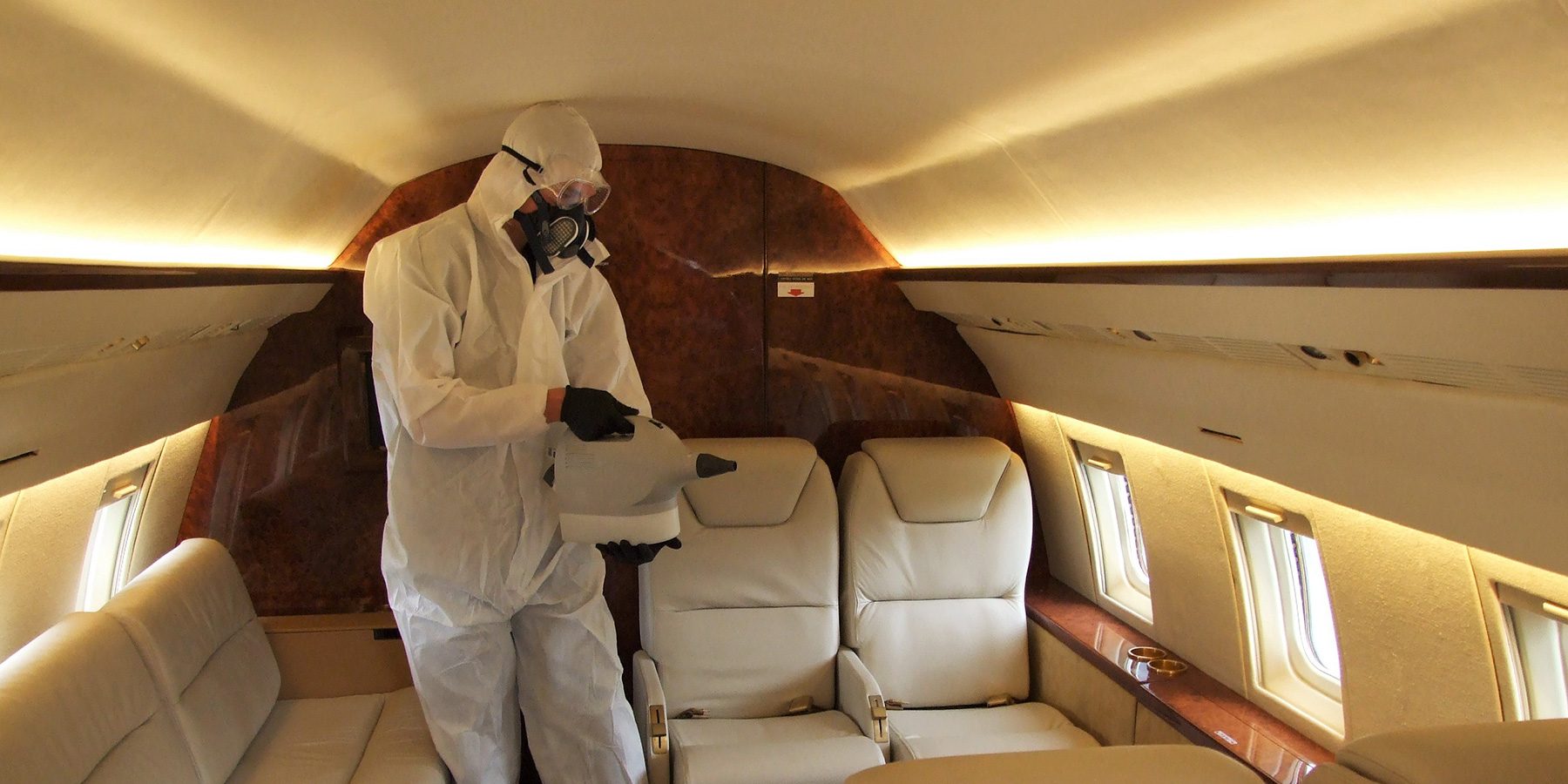

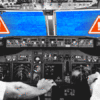
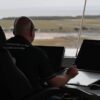
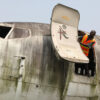
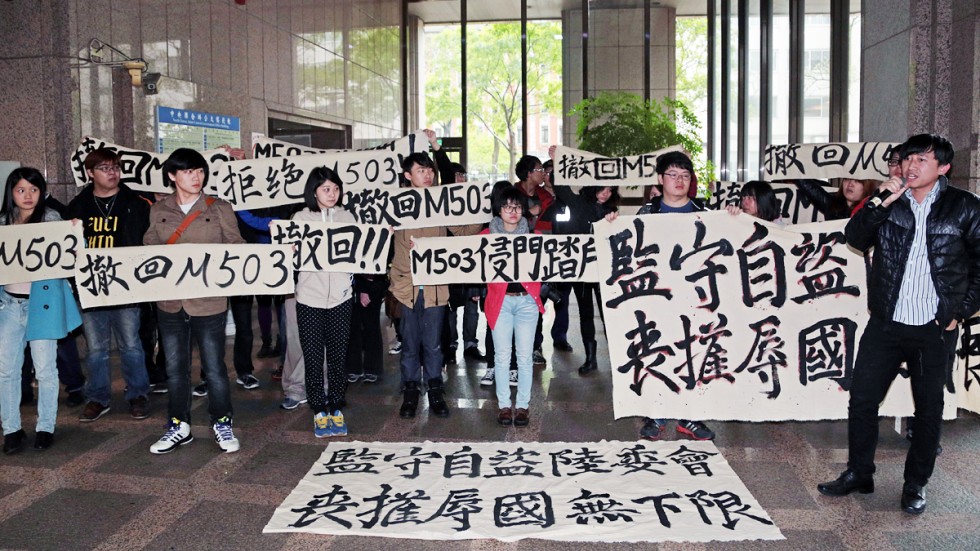
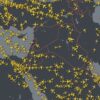

 Get the famous weekly
Get the famous weekly 



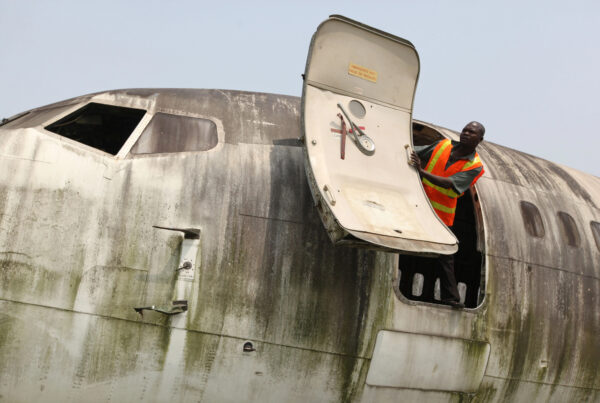
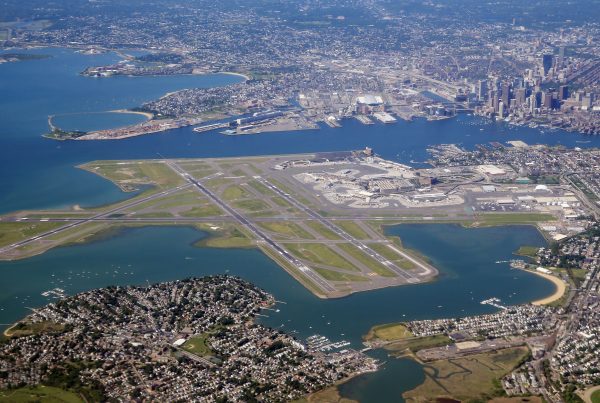
Disinsection is very important in the places, where are a lot of people and it’s possible for insects to be taken with the luggage. Read more at https://d3hemmerling.com